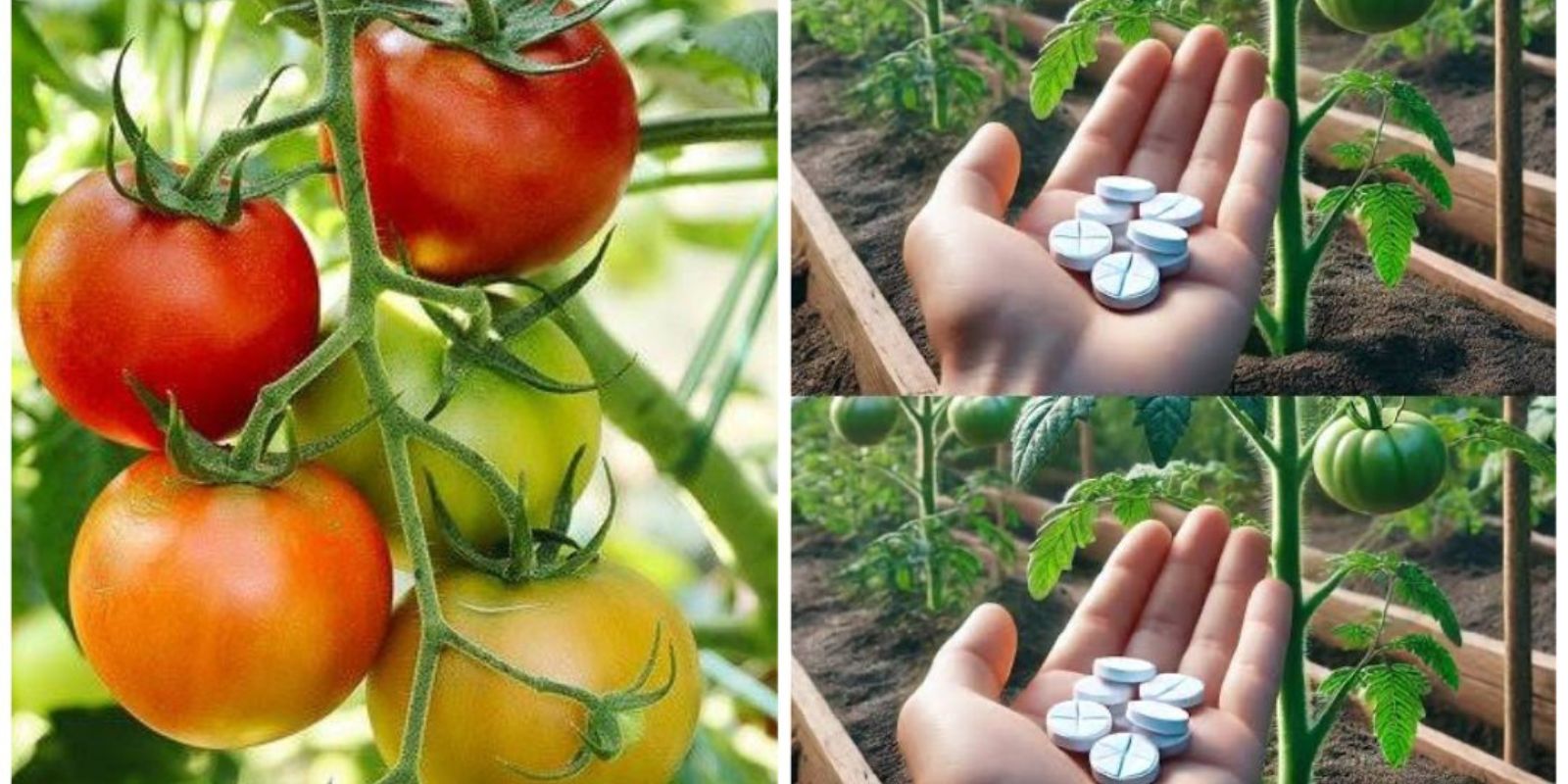Growing tomatoes is a favorite among gardeners, whether you’re a beginner or seasoned in the craft. The sight of plump, red, and juicy tomatoes hanging from their vines is not just a feast for the eyes but also a reward for your efforts. But what’s the secret to growing those big, flavorful tomatoes? In this comprehensive guide, we’ll dive into 12 tried-and-tested techniques to help you achieve a bumper harvest of ripe, delicious tomatoes.
1. Start with the Right Varieties
The first step to growing large tomatoes is selecting the right variety. Opt for heirloom or hybrid varieties known for their size, such as Beefsteak, Brandywine, or Big Boy. These varieties are bred for their flavor and size, giving you a great head start.
2. Prep Your Soil for Success
Healthy tomatoes begin with healthy soil. Tomatoes thrive in loose, well-draining soil rich in organic matter. Test the soil’s pH and aim for a range between 6.0 and 6.8. Incorporate compost, aged manure, or worm castings to ensure your plants have access to essential nutrients. Adding organic matter not only enriches the soil but also improves its water retention capacity.
3. Use Epsom Salt for Magnesium
Epsom salt is a gardener’s secret weapon for tomatoes. It provides magnesium, which is crucial for chlorophyll production and overall plant health. Mix a tablespoon of Epsom salt into the soil at the base of each plant during planting or dissolve it in water for a foliar spray every few weeks.
4. Don’t Forget Calcium
Blossom-end rot is a common tomato problem caused by calcium deficiency. To prevent it, add crushed eggshells, bone meal, or agricultural lime to the soil. These calcium sources will ensure your tomatoes develop without deformities or rot.
5. Fertilize Strategically
Tomatoes are heavy feeders, and regular fertilization is crucial. Use an organic tomato fertilizer that’s rich in potassium and phosphorus but moderate in nitrogen. Apply fertilizer at the time of planting and every 2–3 weeks during the growing season to maintain steady growth and fruit production.
6. Prune for Productivity
Pruning is essential for directing your plant’s energy toward fruit production. Remove suckers—small shoots that grow between the main stem and branches—as they can divert nutrients from the fruit. Additionally, prune any yellowing or diseased leaves to improve air circulation and reduce the risk of disease.
7. Water Consistently and Deeply
Inconsistent watering can lead to cracked fruits or blossom-end rot. Water your tomatoes deeply, about 1–2 inches per week, depending on the weather. Always water at the base of the plant to avoid wetting the foliage, which can lead to fungal diseases.
8. Mulch to Retain Moisture
A layer of mulch around your tomato plants can work wonders. Mulch helps regulate soil temperature, retains moisture, and suppresses weeds. Organic mulches like straw, shredded leaves, or wood chips are ideal for tomatoes.
9. Stake or Cage Your Plants
Tomatoes need support to grow upright and produce healthy fruits. Use stakes, cages, or trellises to keep the plants off the ground, reducing the risk of pests and diseases. Staked plants also receive better air circulation and sunlight exposure.
10. Provide Plenty of Sunlight
Tomatoes love the sun, requiring at least 6–8 hours of direct sunlight daily. Position your plants in the sunniest spot in your garden to maximize their growth and fruit production.
11. Companion Planting for Pest Control
Planting companion plants like marigolds, basil, or nasturtiums near your tomatoes can deter pests like aphids and whiteflies. Basil also enhances the flavor of tomatoes, making it a win-win for your garden.
12. Harvest at the Right Time
Finally, the moment you’ve been waiting for—harvest! Pick tomatoes when they’re fully ripe and deep red (or the color specific to your variety). Gently twist or snip them off the vine to avoid damaging the plant.
Bonus Tip: Add a Secret Boost for Growth
For an extra boost, consider brewing compost tea. This nutrient-rich liquid can be applied as a foliar spray or soil drench to promote vibrant growth and fruiting. Another option is to bury banana peels near the roots during planting to provide potassium naturally.
Conclusion
By following these 12 secrets, you can transform your tomato plants into thriving producers of large, juicy fruits. Remember, consistency is key—regular care, proper feeding, and timely pruning will yield the best results. Gardening is as much about patience as it is about technique, so enjoy the journey as you nurture your tomatoes to perfection.
What’s your go-to tip for growing tomatoes? Let us know in the comments and share your success stories! Let’s grow better together. 🍅

